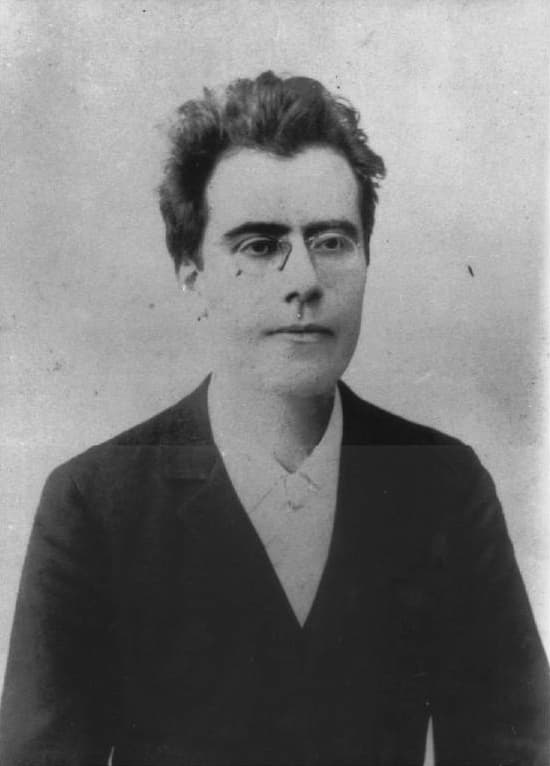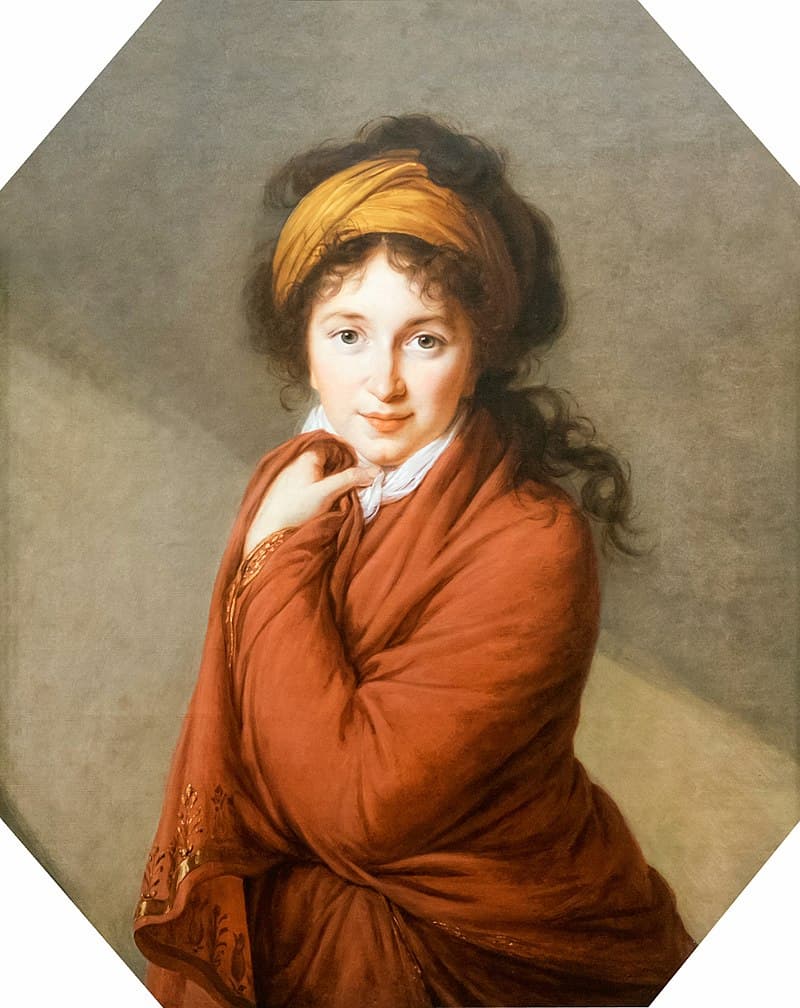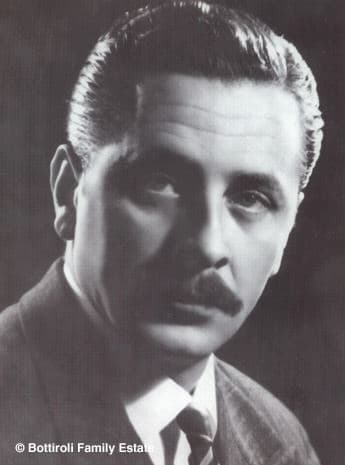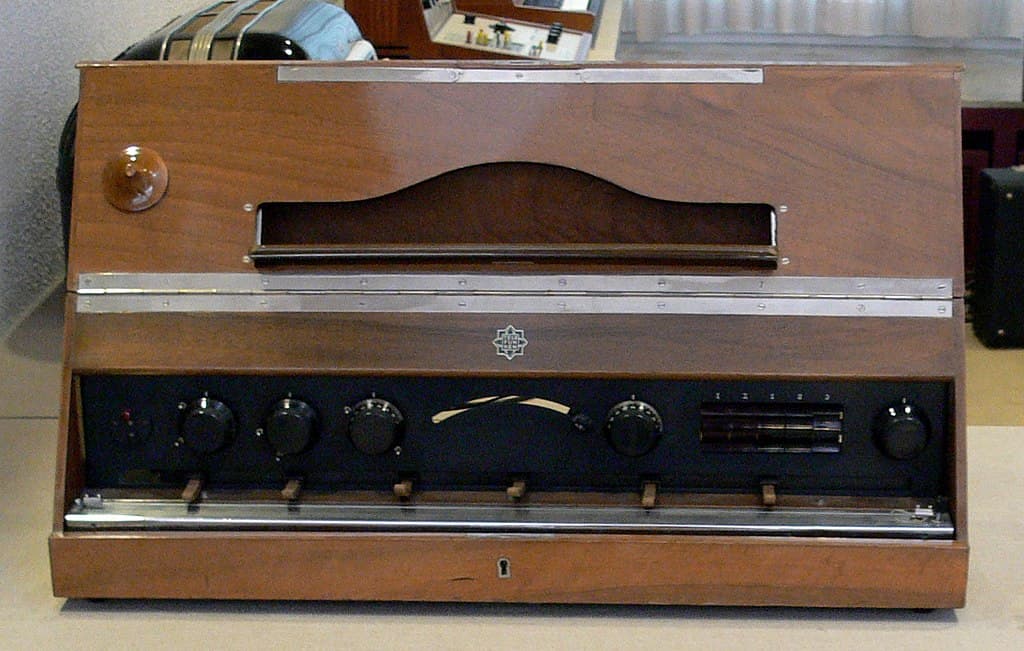Gustav Mahler (1860-1911) obtained his diploma from the Vienna Conservatory at the age of 18, and he certainly had to make an important decision on his further path in music. One year before, he had completely given up the idea
Blogs
The Japanese classical composer Takashi Yoshimatsu, internationally known for composing the 2003 remake of “Astro Boy,” was devastated when his close friend, the pianist Izumi Tateno collapsed on stage after playing the last note of a performance in Finland. Tateno
Combining the ancient tradition of Chinese martial arts philosophy and visual arts, world-renowned artist and UNESCO Global Goodwill Ambassador Tan Dun composed award-winning orchestral scores for three films by critically acclaimed directors. The Martial Arts Trilogy celebrates three heroes and
Synesthesia is a fascinating neurological phenomenon in which the stimulation of one sensory or cognitive pathway leads to involuntary experiences in another, unrelated pathway. People with synesthesia are known as synesthetes. Synesthetes might perceive sensory information, such as colors, tastes,
When we think of concertos, except in very special cases, we think of an individual instrument (violin, flute, piano) and orchestra. In the case of Catalan composer Marc Timón, he’s replaced the orchestra with a cobla. The cobla is a
In imitation of the French model, salon culture developed in Russia in the second half of the 19th century in St Petersburg. French became the language of choice, as a substantial number of French noblemen and noblewomen had fled from
Argentinian composer José Antonio Bottiroli (1920–1990) started his career with works influenced by folk music of his country before going more international and following a more Romantic style. His piano music frequently has an improvisational character while his orchestral works
Let’s continue to explore more concertos for unique instruments. Einojuhani Rautavaara: Cantus Arcticus “Concerto for Birds and Orchestra,” Op. 61 Einojuhani Rautavaara (1928-2016) has been called “one of the most colourful and diverse figures in Finnish music. He is an








